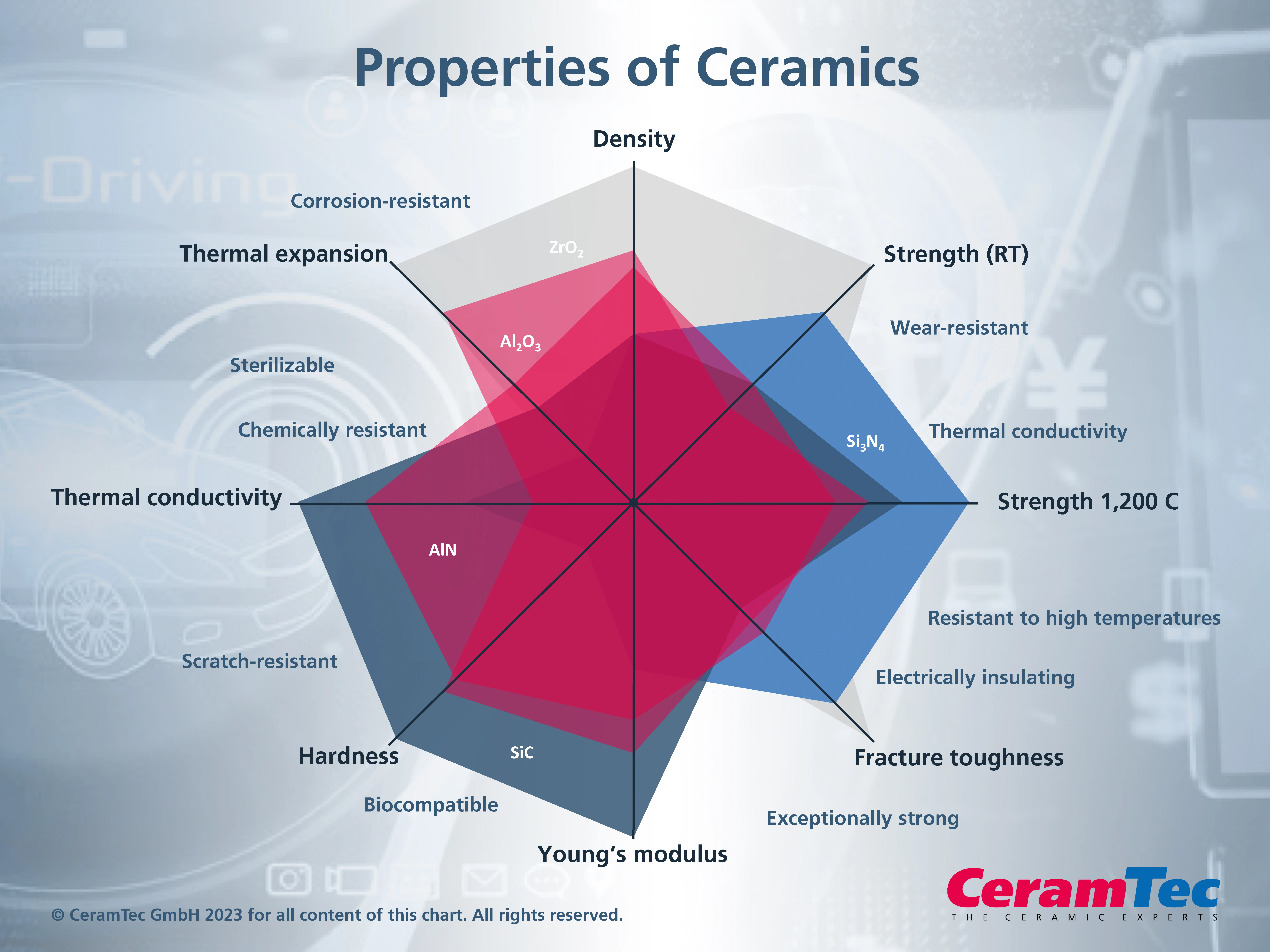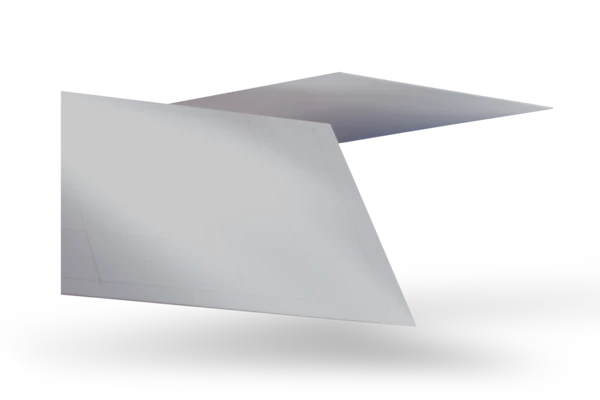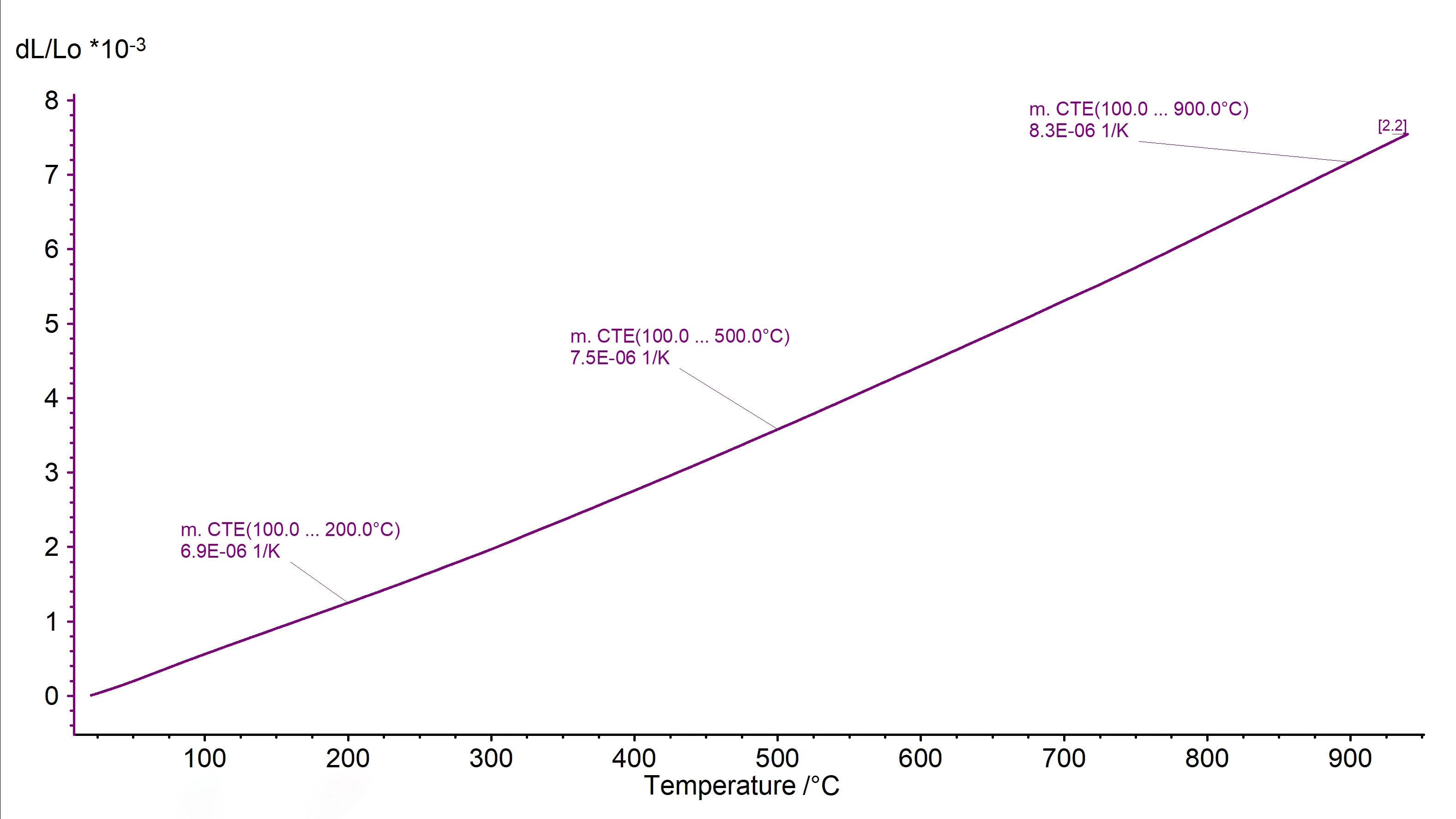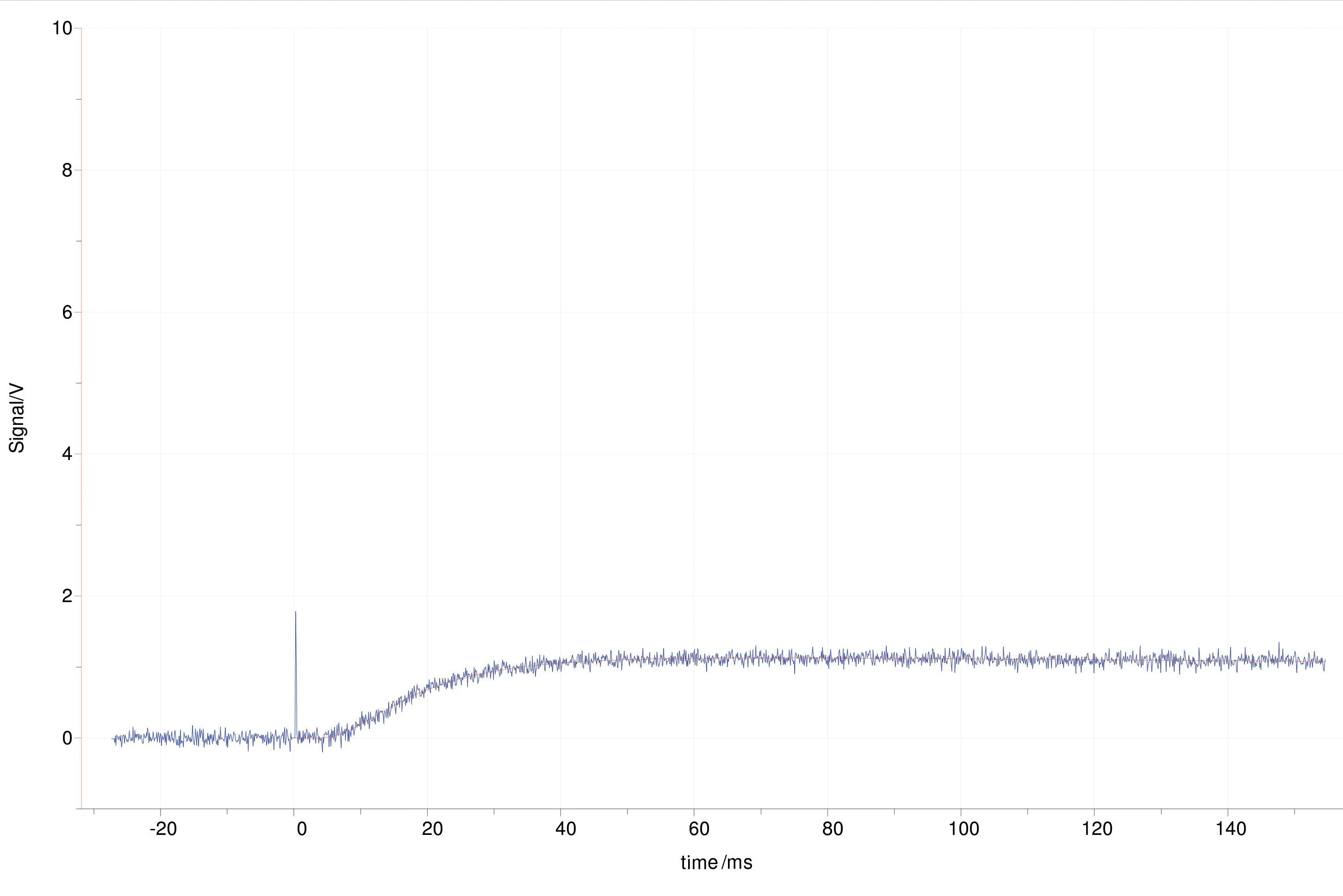
Customer SUCCESS STORY
High Performance through Precision: Quality Assurance in the Production of Technical Ceramics
A Customer Success Story by the Laboratory Team at CeramTec Group's Innovation and Technology Department
Technical ceramics offer many benefits. In order for them to be reliably used, the quality of the materials must be tested. CeramTec has relied on NETZSCH’s expertise in this for many years − whether in development projects, in the manufacturing process or in series production, NETZSCH analyzers are in constant use.

Differences in High-Performance Ceramics
The term “advanced ceramics” covers a wide range of different, sometimes highly specialized ceramic materials with unique mechanical, thermal, bio-chemical and electrical properties – and combinations of these. A distinction can be made between three large groups of materials: Silicate ceramics, oxide ceramics and non-oxide ceramics. Silicate ceramics consist mainly of naturally occurring raw materials in combination with aluminum oxide. Oxide ceramics include materials based on metal oxides. Non-oxide ceramics refer to the group of ceramic materials based on compounds of carbon, nitrogen and silicon. The group from which a material is selected depends on the specific application and the resulting requirements for the material.

Ceramic Substrates: Key Components for Electronic Applications
A substrate is the basic material of a circuit carrier, for which various materials are available. Due to their electrical, thermal, mechanical, insulating and chemical properties, substrates made of high-performance ceramics are used in numerous industries and application areas − for example in vehicle electrification, e-mobility, industry and power generation. CeramTec is a European one-stop shop for all common ceramic substrates: aluminum oxide, aluminum nitride, zirconium oxide-reinforced aluminum oxide, zirconium oxide and, as of 2024, also silicon nitride. Each substrate has different properties (see figure 1). Aluminum nitride, for example, has a particularly high Conductivité ThermiqueThermal conductivity (λ with the unit W/(m•K)) describes the transport of energy – in the form of heat – through a body of mass as the result of a temperature gradient (see fig. 1). According to the second law of thermodynamics, heat always flows in the direction of the lower temperature.thermal conductivity of 170 W/(m·K), which affects the mechanical and electrical properties of the ceramic substrate. A high thermal conductivity means, for example, that the heat generated by the reactive current in power electronics is reduced and that heat dissipation is homogeneously and constantly reduced. These are properties that are in demand particularly in high-performance electronics, such as in the semiconductor industry, where the objective is to generate maximum power in minimum space. The heat generated must be quickly and reliably dissipated. CeramTec manufactures and processes ceramic substrates using different methods depending on the application, material, geometry and quantity − they are stamped, lasered or dry pressed.

Creating Innovations, Controlling Quality
CeramTec's Innovation and Technology Section continuously researches and develops materials and manufacturing processes for new products. The Tape and Substrate Applications Department is focused on the development of new ceramic substrates and their optimization. One successful example: The new AIN HP (Aluminum Nitride High Performance) offers significantly higher flexural strength than other substrate materials while maintaining its thermal properties. It is particularly suitable for continuous loading in power modules and is used in power generation and distribution, vehicle electrification and power converters in rail vehicle construction. Continuous testing in the laboratory is an essential part of the team's research and development work. First, the raw materials and the ceramic masses produced from them are characterized. After the shaping process, the thermal parameters of the green tapes are determined. This is followed by measurements on the sintered substrate. Depending on the measurement, these can be complex and take up to 36 hours.
Measurements are not carried out only for development projects, though; in quality control, they are also part of the manufacturing process or series release. For example, the substrates are tested for their thermal conductivity or dielectric strength: The samples measured must correspond to the typical standard values for the material. This is because one thing is very important to CeramTec: That customers be able to rely on their product featuring the agreed-upon material properties.
Insight into the Laboratory: Thermal Analysis of AIN
When it comes to measuring thermal properties, the team relies on the expertise of NETZSCH. Consistently positive experiences, the proximity of the locations and the excellent service have led to the use of more and more NETZSCH measurement technology. An overview of the technology used for thermal analysis is shown in figure 4.
As already mentioned, thermal conductivity has an influence on the mechanical and electrical properties of a ceramic substrate. To investigate this, the Diffusivité ThermiqueThermal diffusivity (a with the unit mm2/s) is a material-specific property for characterizing unsteady heat conduction. This value describes how quickly a material reacts to a change in temperature.thermal diffusivity is first tested. It indicates how quickly a material reacts to a temperature change and is a material-dependent property. CeramTec tests the thermal diffusivity for ceramic substrates such as AIN in the laboratory using the NETZSCH LFA 447Nanoflash. To this end, the laboratory team prepares the test specimen to the format specified for the test device and coats it with graphite. The conductivity can then be measured in a temperature range from 20°C to 300°C.

Figures 5a and 5b show a comparison of the heat increase over time following the application of energy to an oxide ceramic (fig. 5a) and a nitride ceramic (fig. 5b): The heat increase is higher for the nitride ceramic. The thermal conductivity can then be calculated from the measured thermal diffusivity as well as the Specific Heat Capacity (cp)Heat capacity is a material-specific physical quantity, determined by the amount of heat supplied to specimen, divided by the resulting temperature increase. The specific heat capacity is related to a unit mass of the specimen.specific heat capacity and the density of the material:

For aluminum nitride ceramics, this results in thermal conductivities to over 170 W/(m·K), depending on the material type. Depending on the application, the ceramic requires either low or high thermal conductivity. Especially in the case of power semiconductors, which generate high temperatures, the heat must be dissipated quickly and reliably.
Thermal analysis also includes consideration of the coefficient of thermal expansion (Coefficient d'Expansion Thermique Linéaire (CLTE/CTE)The coefficient of linear thermal expansion (CLTE) describes the length change of a material as a function of the temperature.CTE). The thermal expansion indicates how the geometric dimensions of a body change with temperature. This knowledge is important for calculating the thermal mismatch in material combinations, for example. A precisely determined CTE is also important for metallization and packaging in order to know the tolerances of the outer dimensions of a substrate, for example. CeramTec determines the coefficient of thermal expansion of sintered materials in the laboratory using the NETZSCH DIL 402 E and DIL 402 Expedis dilatometers. The thermal expansion of a ceramic body can be investigated in the temperature range up to 2000°C. In addition, dilatometers offer the ability to carry out measurements under different atmospheres – such as air, nitrogen or argon – via gas control. This is important in order to be able to conduct measurements in the high-temperature range, for example. The Proteus® analysis software provides support in evaluating the measurement curve and determining the thermal expansion in different temperature segments.

Thermogravimetric measurement is also a part of thermal analysis. It is primarily employed for the investigation of exothermic and endothermic reactions as well as weight changes in raw materials (powders, binders and organic materials) under air and in green tapes under air or nitrogen. Various NETZSCH STA systems are used by CeramTec for these measurements.
The heat capacity describes how the measured temperature of a body changes in relation to the amount of heat added to it. CeramTec determines this for sintered materials using the NETZSCH DSC 300 Caliris®.
Another laboratory task in connection with the thermal parameters is to overgrow the production process, since the temperature curve describes the temperature of the furnace and thus that of the SinteringSintering is a production process for forming a mechanically strong body out of a ceramic or metallic powder. sintering process. For example, the dilatometer can be used to determine SinteringSintering is a production process for forming a mechanically strong body out of a ceramic or metallic powder. sintering steps.
Ready for Top Performance
By the time a substrate leaves production at CeramTec, it will have been extensively tested: It is ready for use in high-tech electrical applications and for its material-specific advantages to be utilized. Laboratory analyses are essential not only for quality control, but also for the development of new innovative products. NETZSCH is an important partner to CeramTec in this regard.
Dear Ceramtec Lab Team - Thank you very much for the interesting insights into your research work. We are happy to contribute with our analytical devices also in the future.


